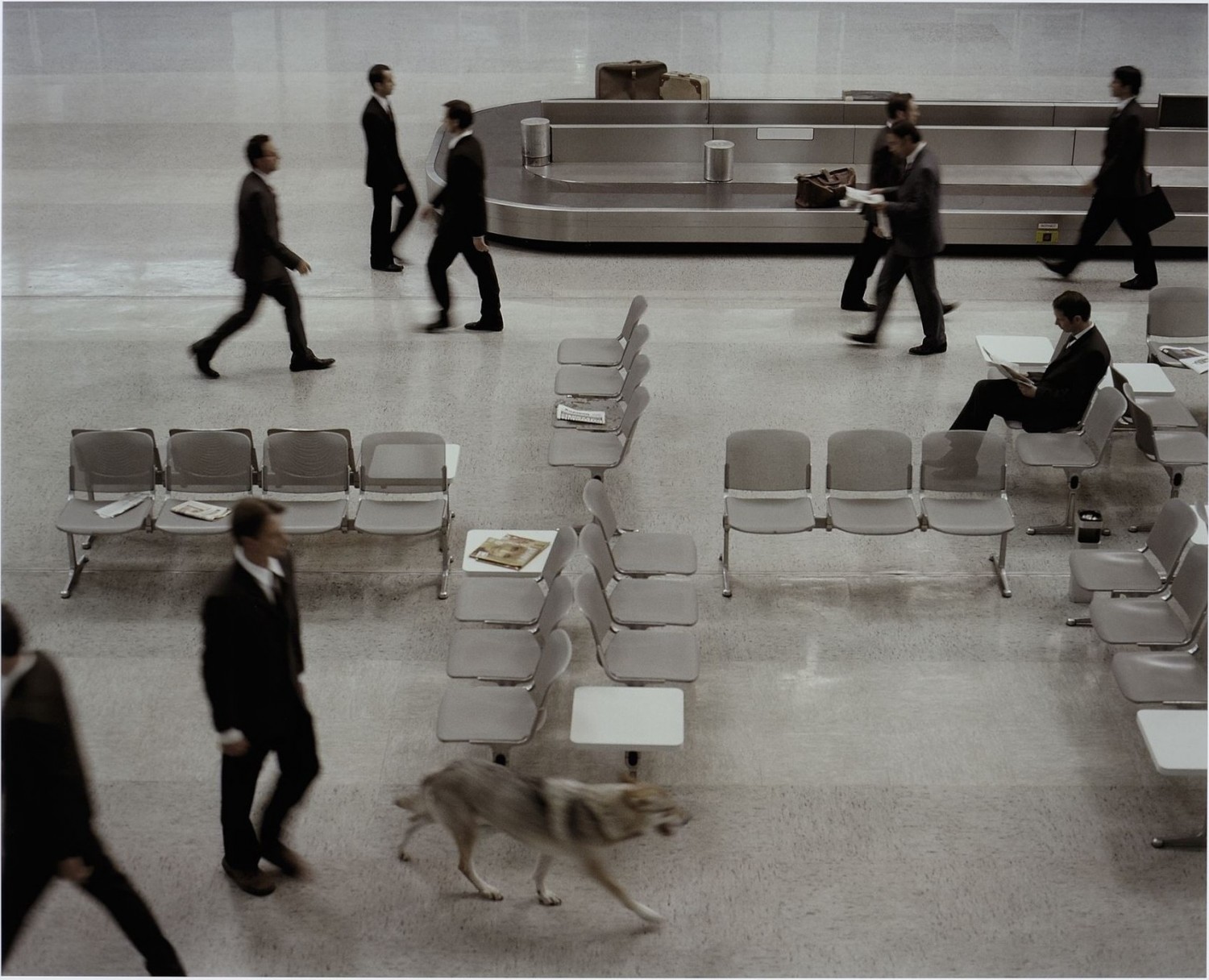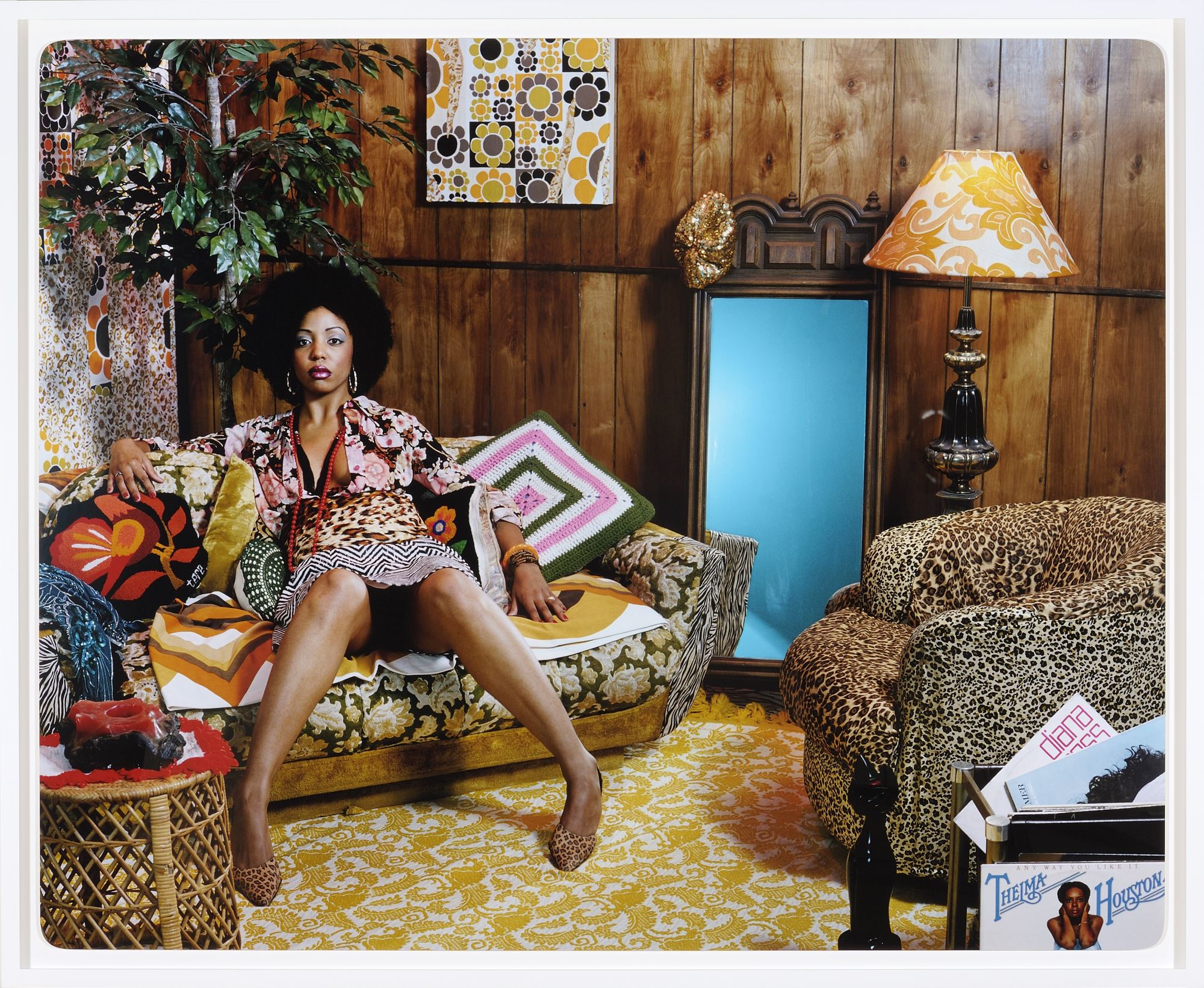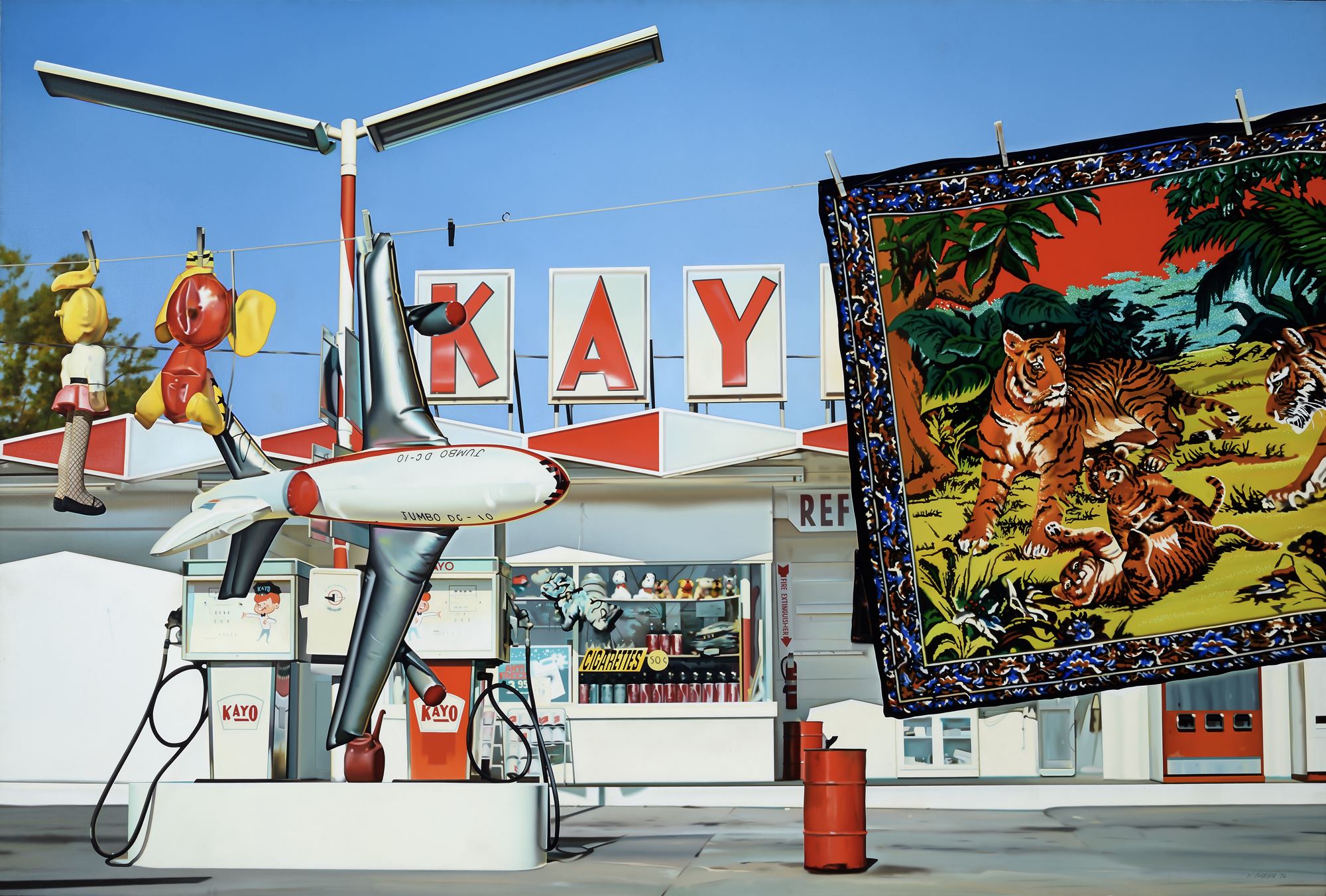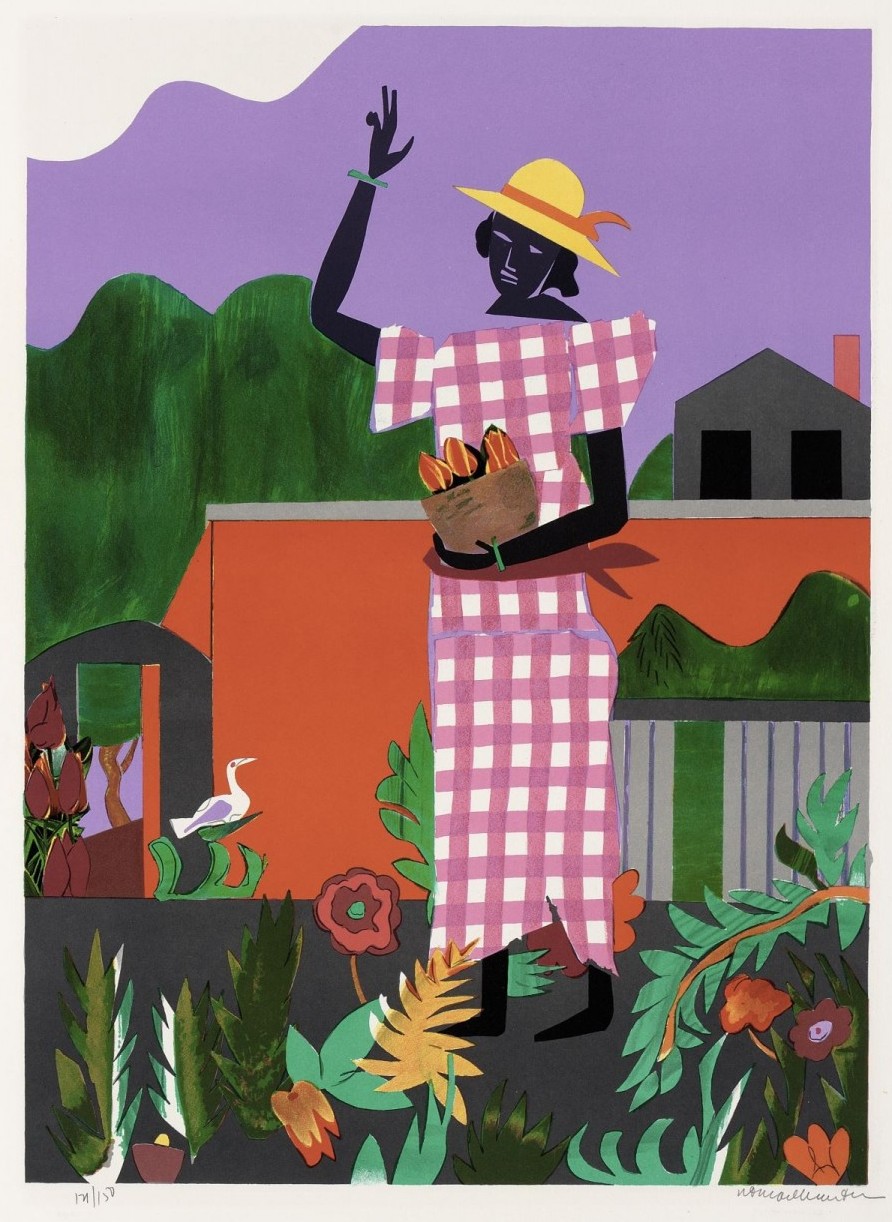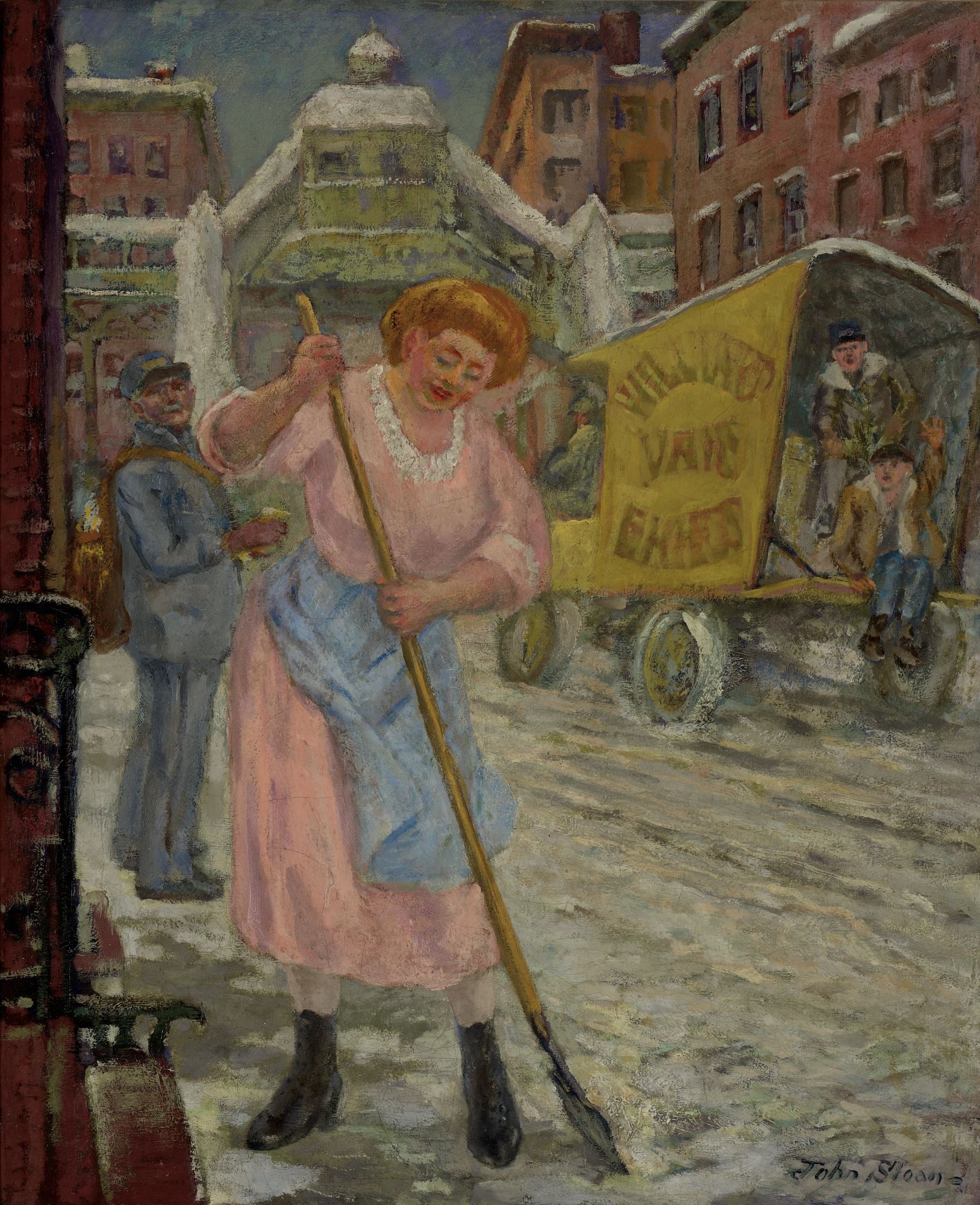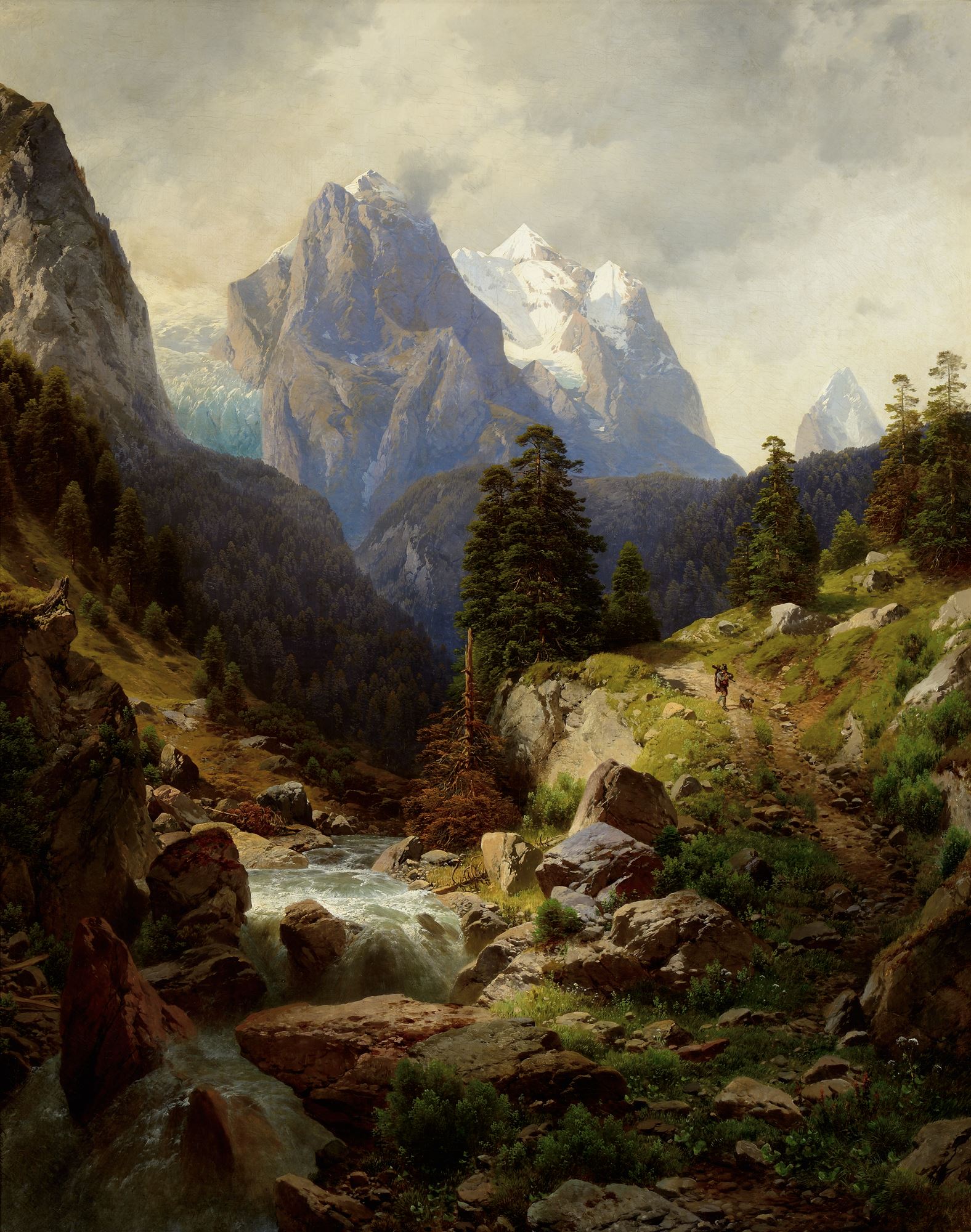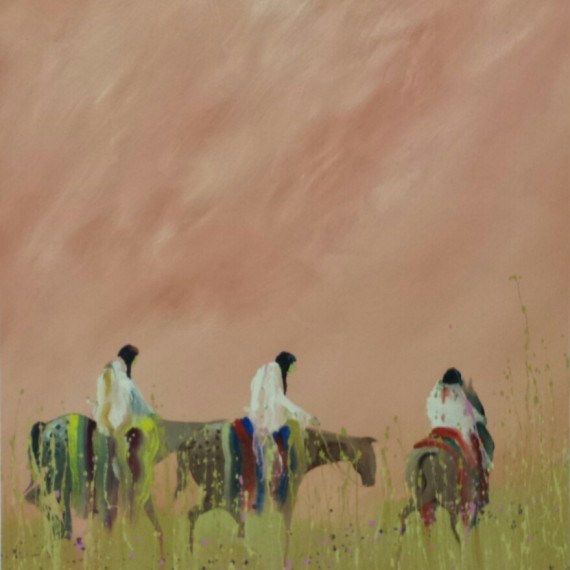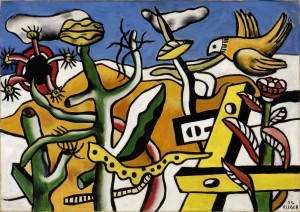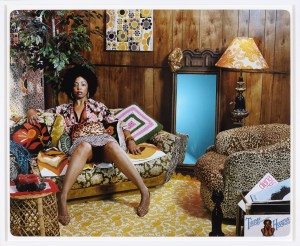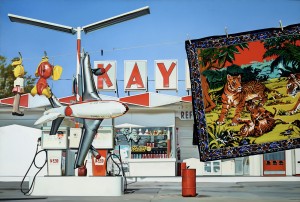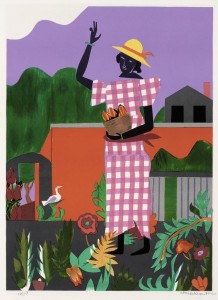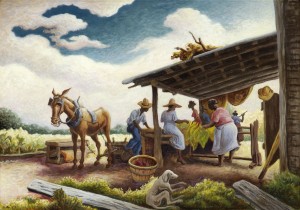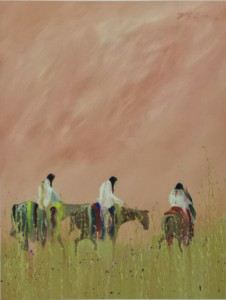Lesson Plan
Day 1
Display Nasher artworks where students can view all images.
Anticipatory Set
Review art images discussed in the previous lesson on primary and secondary colors. Explain that now we will look at how living things are connected.
Direct Instruction
Explain the difference between living and non-living things. Explain how living things rely on each other for basic needs (explain basic needs, if they have not been covered).
Direct student attention back to the art images. Focus on one image. Ask the students to help you identify how the living things in the artwork are connected to each other.
Guided Practice/Application
Place several art images on student tables. Divide students into small groups. Have the small groups analyze the paintings at their table. Student discussions should focus on living things in the artwork. Have students identify all of the living things in the pieces of art at their table. Encourage students to discuss the connectivity of living things through basic needs.
If time allows, small groups may rotate to other tables to discuss additional art images.
Closure
As a group, discuss the students’ findings and observations. Ask students to support their observations with details from the artworks. What other examples of connectivity do we see in our environment?
Day 2
Anticipatory Set
Review the connectivity activity from the previous day. Have students share examples from the previous day.
Direct Instruction
Discuss the components of an information piece of writing: name the topic, supply facts/details, closure. Create a chart with these headings and use it to record details of the discussion so that there will be something to refer to later during writing.
Explain that name the topic should be a brief description of the piece (content). Remind students that facts about the artwork should include subject, setting, and examples of connected living things. Closure should include at least one thought about the piece of art related to connectivity.
As a class, select one piece of artwork. Model the writing process with the class. Have students provide input for the shared writing piece. Conclude the session with a whole group read and any additional comments about the writing process.
Day 3
Anticipatory Set
Display shared writing from the previous day. Review components of an informational piece of writing.
Independent Practice
Have students select one piece of art to write about in their informational writing piece. Have students write about their selected artwork while you monitor the writing process and provide support as necessary.
Day 4 (Optional)
Anticipatory Set
Review lessons from the previous three days; connectivity activity, shared writing, and independent writing. Have students share their writing with the class.
Detailed Lesson
Explain to students that they will create their own artwork that illustrates at least one way that living things are connected to each other. Review proper use of art materials.
Independent Practice
Have students create their artwork. Have them title their piece and write a brief description of the connectivity that they illustrated. Attach this paper to their artwork.
Closure
Students share their artwork with the class.

